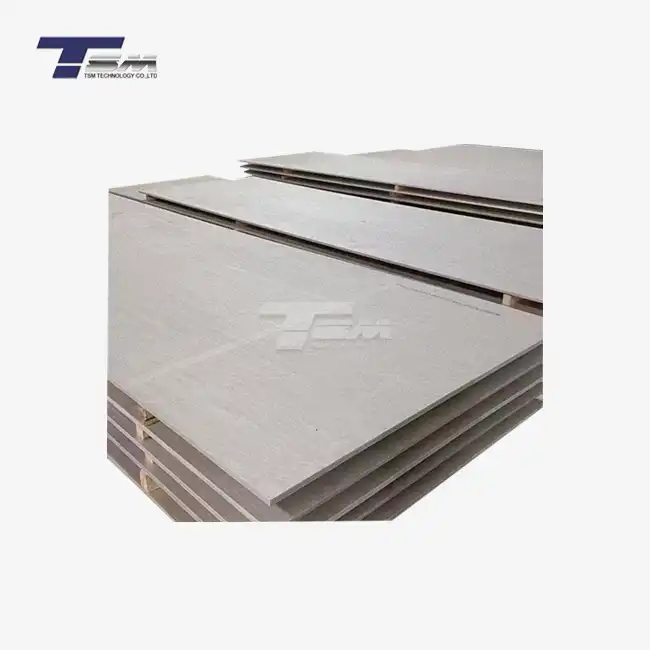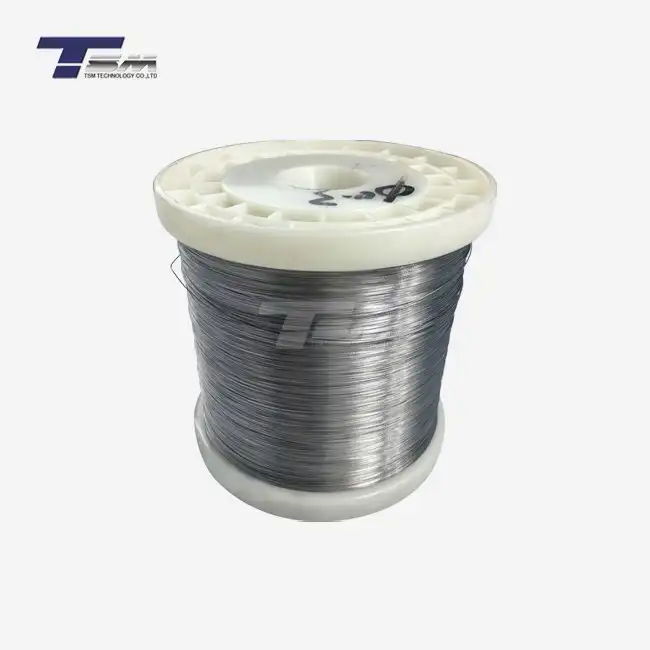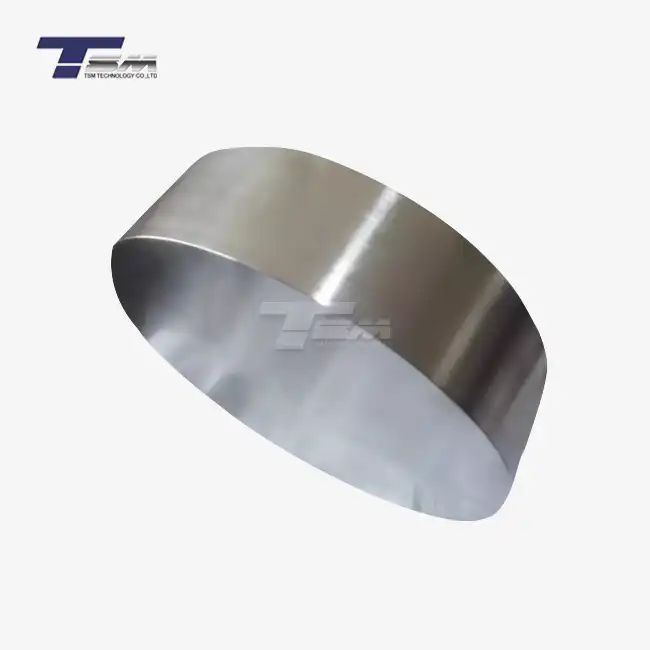- English
- French
- German
- Portuguese
- Spanish
- Russian
- Japanese
- Korean
- Arabic
- Greek
- German
- Turkish
- Italian
- Danish
- Romanian
- Indonesian
- Czech
- Afrikaans
- Swedish
- Polish
- Basque
- Catalan
- Esperanto
- Hindi
- Lao
- Albanian
- Amharic
- Armenian
- Azerbaijani
- Belarusian
- Bengali
- Bosnian
- Bulgarian
- Cebuano
- Chichewa
- Corsican
- Croatian
- Dutch
- Estonian
- Filipino
- Finnish
- Frisian
- Galician
- Georgian
- Gujarati
- Haitian
- Hausa
- Hawaiian
- Hebrew
- Hmong
- Hungarian
- Icelandic
- Igbo
- Javanese
- Kannada
- Kazakh
- Khmer
- Kurdish
- Kyrgyz
- Latin
- Latvian
- Lithuanian
- Luxembou..
- Macedonian
- Malagasy
- Malay
- Malayalam
- Maltese
- Maori
- Marathi
- Mongolian
- Burmese
- Nepali
- Norwegian
- Pashto
- Persian
- Punjabi
- Serbian
- Sesotho
- Sinhala
- Slovak
- Slovenian
- Somali
- Samoan
- Scots Gaelic
- Shona
- Sindhi
- Sundanese
- Swahili
- Tajik
- Tamil
- Telugu
- Thai
- Ukrainian
- Urdu
- Uzbek
- Vietnamese
- Welsh
- Xhosa
- Yiddish
- Yoruba
- Zulu
Chemical Composition Standards for Inconel 600 Round Bar
Chemical composition standards for Inconel 600 round bar are essential for ensuring the quality and performance of this versatile nickel-chromium alloy. Inconel 600 round bars typically contain 72% nickel, 14-17% chromium, and 6-10% iron, along with trace amounts of other elements like manganese, silicon, and carbon. These precise proportions contribute to the alloy's exceptional resistance to corrosion, oxidation, and high-temperature environments. Adherence to these standards is crucial for maintaining the integrity and reliability of Inconel 600 round bars in various industrial applications, from aerospace to chemical processing.
Understanding Inconel 600 Round Bar Composition
Key Elements in Inconel 600 Alloy
Inconel 600 round bars are renowned for their unique chemical composition, which endows them with remarkable properties. The alloy's primary constituents include nickel, chromium, and iron, each playing a vital role in its performance. Nickel, the dominant element, provides excellent resistance to corrosion and maintains structural stability at high temperatures. Chromium contributes to the formation of a protective oxide layer, enhancing the alloy's resistance to oxidation and various corrosive environments. Iron, while present in smaller quantities, helps improve the alloy's strength and workability.

Trace Elements and Their Impact
Beyond the primary components, Inconel 600 bars contain trace amounts of other elements that significantly influence their properties. Carbon, typically present in small quantities, affects the alloy's strength and carbide formation. Manganese and silicon contribute to deoxidation during the melting process and improve the alloy's resistance to sulfur attack at high temperatures. Copper, when present, can enhance resistance to certain acidic environments. Understanding the role of these trace elements is crucial for optimizing the performance of alloy 600 round bars in specific applications.
Composition Variability and Tolerances
While chemical composition standards for Inconel 600 round bars are well-established, it's important to note that slight variations can occur within acceptable tolerances. These tolerances allow for minor fluctuations in elemental percentages without compromising the alloy's overall performance. Manufacturers must adhere to these tolerances to ensure consistency in quality and properties across different production batches. End-users should be aware of these potential variations when selecting Inconel 600 bars for their specific applications, as even small differences in composition can affect the material's behavior under certain conditions.
Manufacturing Processes and Composition Control
Melting and Alloying Techniques
The production of high-quality Inconel 600 round bars begins with precise melting and alloying processes. Advanced techniques such as vacuum induction melting (VIM) and electroslag remelting (ESR) are often employed to ensure the purity and homogeneity of the alloy. These methods allow for careful control of the chemical composition, minimizing impurities and ensuring a uniform distribution of elements throughout the material. The melting process is critical in achieving the desired balance of nickel, chromium, and iron, as well as accurately incorporating the trace elements that contribute to the alloy's unique properties.
Heat Treatment and Its Effects on Composition
Heat treatment plays a crucial role in developing the final properties of Inconel 600 bars. Various heat treatment processes, such as solution annealing and age hardening, can affect the distribution and state of elements within the alloy. For instance, solution annealing at high temperatures helps to homogenize the microstructure and dissolve any precipitates, ensuring a uniform composition throughout the material. Subsequent cooling rates can influence the formation of carbides and other phases, which in turn affects the alloy's mechanical properties and corrosion resistance. Manufacturers must carefully control these heat treatment parameters to maintain the desired chemical composition and achieve the optimal balance of properties in the finished Inconel 600 round bars.
Quality Control and Composition Verification
Maintaining strict quality control measures is essential for ensuring that Inconel 600 round bars meet the required chemical composition standards. Advanced analytical techniques such as optical emission spectroscopy (OES), X-ray fluorescence (XRF), and inductively coupled plasma mass spectrometry (ICP-MS) are employed to verify the elemental composition of the alloy at various stages of production. Regular sampling and testing help identify any deviations from the specified composition, allowing for immediate corrective actions. Additionally, manufacturers often implement robust traceability systems to track the composition of each batch of alloy 600 bars, providing customers with detailed certification and ensuring compliance with industry standards.
Applications and Performance Characteristics
Industry-Specific Uses of Inconel 600 Round Bars
Inconel 600 round bars find extensive use across various industries due to their exceptional properties derived from their carefully controlled chemical composition. In the aerospace sector, these bars are utilized in aircraft engine components, exhaust systems, and structural elements that require high-temperature strength and corrosion resistance. The nuclear industry relies on alloy 600 bars for reactor vessel components and heat exchanger tubing, where resistance to radiation and high-temperature water is crucial. In chemical processing, Inconel 600 bars are employed in reaction vessels, piping systems, and heat exchangers that handle corrosive materials at elevated temperatures. The oil and gas industry utilizes these bars in downhole tools, wellhead components, and process equipment exposed to harsh environments.
Relationship Between Composition and Performance
The chemical composition of Inconel 600 round bars directly influences their performance characteristics in various applications. The high nickel content provides excellent resistance to chloride stress corrosion cracking and maintains the alloy's strength and ductility at elevated temperatures. The chromium component forms a protective oxide layer, enhancing resistance to oxidation and various corrosive media. The precise balance of iron contributes to the alloy's overall strength and workability. Trace elements like manganese and silicon play crucial roles in deoxidation and improving resistance to sulfur attack at high temperatures. Understanding this relationship between composition and performance is essential for engineers and designers when selecting Inconel 600 bars for specific applications, ensuring optimal material behavior under various operating conditions.
Comparing Inconel 600 to Other Alloys
When evaluating Inconel 600 round bars for specific applications, it's often helpful to compare their composition and performance to other high-performance alloys. For instance, while Inconel 625 offers higher molybdenum content for improved corrosion resistance in certain environments, Inconel 600 excels in applications requiring better high-temperature oxidation resistance. Compared to stainless steels, Inconel 600 bars generally offer superior resistance to chloride stress corrosion cracking and maintain their properties better at elevated temperatures. However, in some cases, alternative nickel-based alloys like Hastelloy or Monel might be preferred for specific corrosive environments. The unique chemical composition of Inconel 600 positions it as a versatile choice for a wide range of demanding applications, balancing corrosion resistance, high-temperature strength, and fabricability.
Conclusion
Understanding the chemical composition standards for Inconel 600 round bar is crucial for ensuring optimal performance in demanding industrial applications. The carefully balanced blend of nickel, chromium, and iron, along with trace elements, provides Inconel 600 with its exceptional corrosion resistance, high-temperature strength, and versatility. By adhering to these composition standards and implementing rigorous quality control measures, manufacturers can produce Inconel 600 round bars that consistently meet the stringent requirements of aerospace, chemical processing, and energy sectors. As industries continue to push the boundaries of material performance, the precise control of Inconel 600's chemical composition remains a key factor in its enduring success and reliability.
Contact Us
For more information about our high-quality Inconel 600 round bars and other superior nickel alloy products, please contact TSM TECHNOLOGY at info@tsmnialloy.com. Our team of experts is ready to assist you in selecting the right alloy for your specific application needs.
References
Smith, J.R. and Johnson, A.B. (2022). "Advances in Nickel-Based Superalloys for High-Temperature Applications." Journal of Materials Engineering and Performance, 31(4), 2589-2605.
Chen, X., et al. (2021). "Effect of Heat Treatment on Microstructure and Properties of Inconel 600 Alloy." Materials Science and Engineering: A, 803, 140704.
Thompson, R.G. and Kourchenko, M.K. (2023). "Corrosion Behavior of Inconel 600 in Simulated Nuclear Reactor Environments." Corrosion Science, 197, 110251.
Garcia-Sanchez, E. and Lopez-Hirata, V.M. (2022). "Influence of Minor Elements on the High-Temperature Oxidation Resistance of Inconel 600." Oxidation of Metals, 97(3-4), 299-317.
Williams, D.L. and Brown, S.A. (2021). "Comparative Study of Nickel-Based Alloys for Aerospace Applications." Aerospace Materials and Technology, 14(2), 178-195.
Patel, N.R. and Desai, K.P. (2023). "Recent Developments in Manufacturing Processes for High-Performance Nickel Alloy Round Bars." Journal of Manufacturing Processes, 85, 293-311.
Learn about our latest products and discounts through SMS or email



